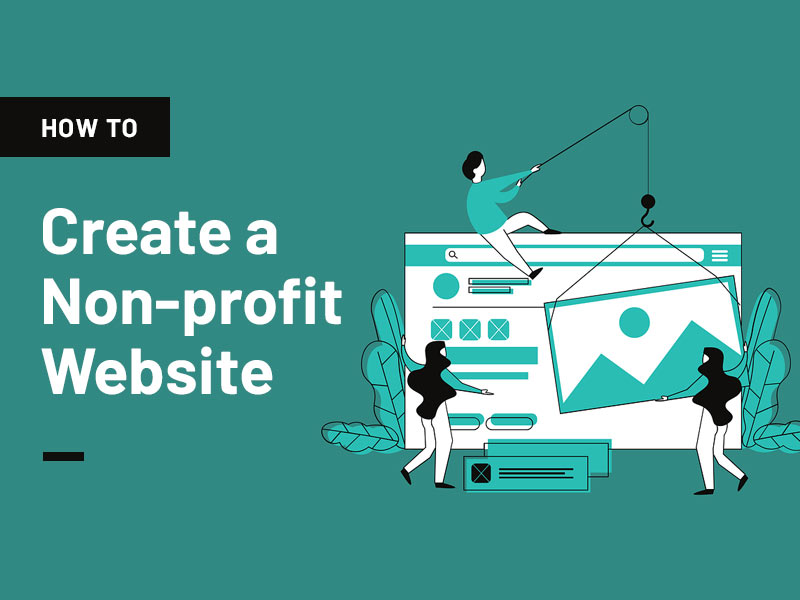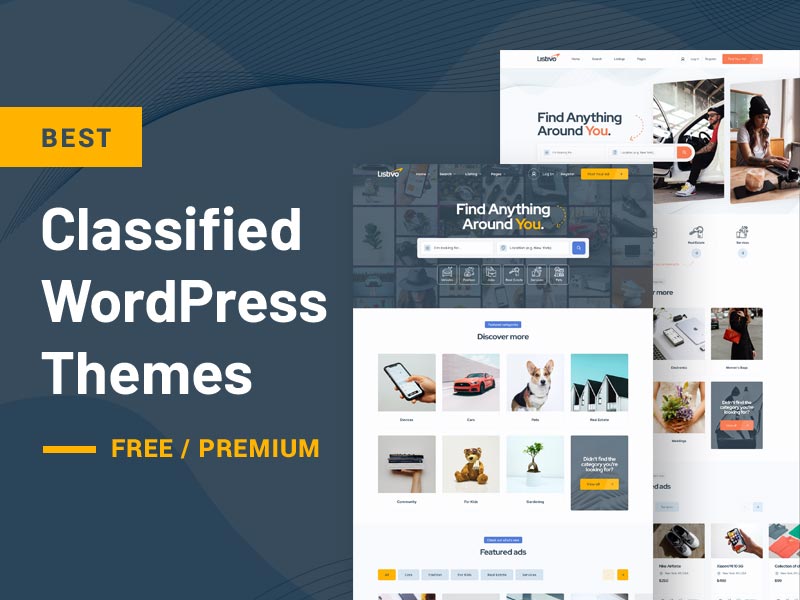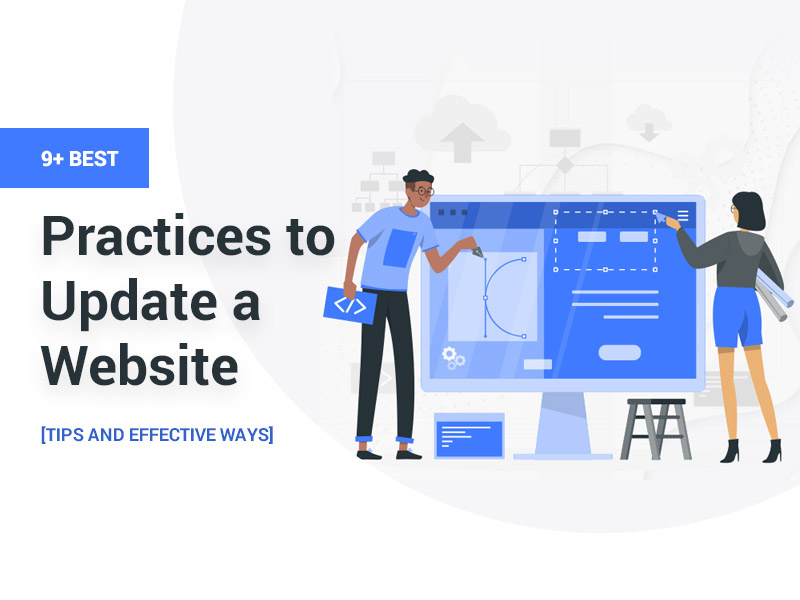This era is called the digital era, and having a compelling website is of immense importance for non-profit organizations, which helps communicate the mission, engage the supporters, and attract the donors. A user-friendly website and appealing website will help create an everlasting impact and in driving practical actions. This article will act as a guide to creating an impactful non-profit website that properly conveys the organizational purpose, boosting community involvement and minimizing the online presence.
Define Your Goals and Target Audience
Before entering into the website development process, it is very critical to define the goals and objectives and identify the target audience. Clear articulation of the website’s purpose is very crucial such as, whether it is for awareness raising, donation collection, sharing success stories, or recruitment. Besides articulation, understanding the target audience’s interests and requirements will help tailor the website’s design, functionality, and content for effective engagement.
Choose a User-Friendly Content Management System (CMS)
One of the major factors for proper management and updating non-profit websites is selecting the right Content Management System (CMS). WordPress, Drupal, and Joomla are popular CMS platforms offering various features and flexibility. Considering the factors like customization options, security, user friendly, ease of use and community support will enhance the website when choosing a CMS that aligns with the organisational needs and technical capabilities.
Design with Visual Appeal and Brand Consistency
When you are developing websites, visual appeals are very significant in creating an attractive and informative non-profit website. Be simple and choosy when it comes to visual appeals. Choose modern and attractive designs that align with your organisational brand identity. It can be enhanced by using sober colors, fonts, and imagery that triggers emotions and reflects your mission. Further incorporating appealing visuals such as videos, HD pictures, infographics and reports to catch the visitor’s attention and convey your mission effectively.
Develop Engaging and Relevant Content
Quality content is vital for engaging and conveying the key messages related to the non-profit messages. Display concise, to-the-point, and clear content highlighting mission, impact, and current initiatives. Use professional storytelling methods while connecting with your wider audience on an emotional level. Further showcasing the success stories, case studies and testimonials to reflect the real-world impact of your organization. Do not forget to maximize your content for search engines by adding relevant keywords and meta tags.
Create an Intuitive User Experience
A user-friendly website enriches the experience of the onlookers and boosts their courage and interest to explore further the cause of the organization. While developing a website for non-profit organizations, design clear and simple navigation structures with logical and simple menu options. This can be enhanced by including a prominent call to action to guide the users toward the required action, which includes donating or volunteering. Beyond this, you can even integrate volunteer management software into your website, allowing volunteers to sign up and check into your events. This software can also be used behind the scenes for you to track volunteering hours and schedule volunteer shifts.
Further enhance the website by optimizing your website for mobile devices, which will ensure a seamless experience across different screen sizes. Regular monitoring of your website to ensure functionality and usability to identify issues will be a strength for your website. By designing responsive nonprofit website design, like Embark, you can reach a wider audience.
Incorporate Social Proof and Donation Options
Trust and trust building are very important to encourage donations. Keeping the trust incorporates the social proof elements viz, donor stories, testimonials, and partner logos, Adding the audit reports and external audit reports will strengthen your website and organization. Provide multiple options when it comes to donations, including one-time finding or quarterly funding, also communicate clearly how the funds will be utilised and keep in the loop about the progress. Moreover, implementing secure payment gateways to ensure that the information of the donor is protected.
Optimize for Mobile Devices
In this era, technological options are getting better day by day. Instead of using laptops for keeping themselves updated, people are more dependent on mobiles and tablets. Your non-profit organization’s website must be mobile-friendly. Keep yourself smart enough in choosing designs that seamlessly adapt to different screen sizes. Test your website time and again that it is working properly on various devices. Optimize the loading time by minimising the large image sizes and by removing unnecessary elements. The overall theme is to allow the visitors to easily access the key information and take action on smaller screens.
Integrate Social Media and Sharing Features
Further, you can leverage the power of social media by integrating social sharing buttons and embedding the feeds from your official social media accounts. It should be difficult for visitors to share and access the official public access data. Additionally, encourage online visitors to share your content and achievements, which will expand your reach and will attract new supporters. Moreover, updating your social media platforms regularly will keep the content fresh and engage visitors and donors.
Related: 3 Best Digital Marketing Strategies for Nonprofits
Conclusion
In a nutshell, sitting in a team and planning is important when it comes to developing a non-profit website. The website requires attractive designs, simple and engaging content, and pictorial layouts. The website should contain clear goals and objectives, and a proper understanding of the targeted audience, following the outlined practices will enhance your website and make clear to the visitors about your vision and mission.
Additionally, do not forget to update your website on a daily or weekly basis to keep your visitors engaging. Always remain crystal clear and share all the documents required for the information of the visitors and donors. Additional documents may include audit reports, external monitoring reports and enrich your website with HD pictures. Last but not least, simple, to the point and visually attractive websites make an everlasting impact on the onlookers in this digital era.







